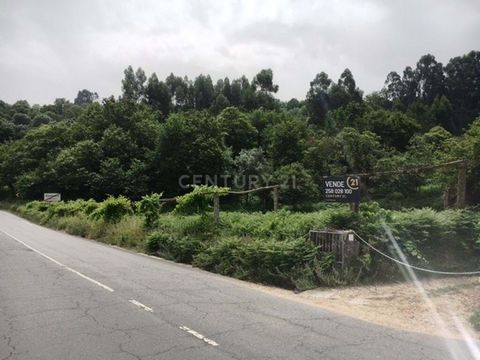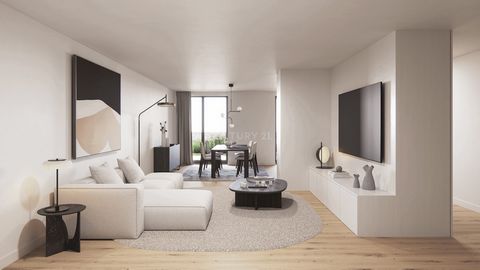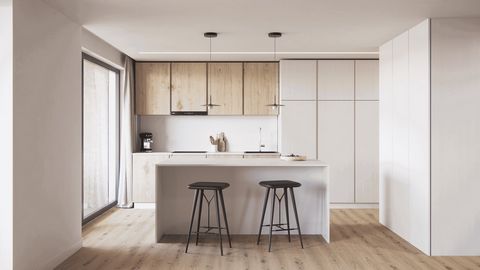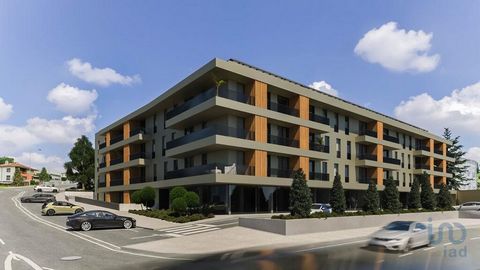This fantastic villa is located in Vitorino das Donas, 600m from the Natural Park, the ecovia dos açudes and the Lima river. An excellent location for family walks in nature. The villa is 15 minutes from the beautiful city of Ponte de Lima and 20 minutes from the city of Viana do Castelo. By living in this villa, you can count on an unobstructed view over nature. On the ground floor you will find a games room, equipped kitchen and living room with fireplace and gas heating. On the 1st floor we have 4 bedrooms and a shared bathroom. Parking space for 2 cars covered by porch in Madeira. The land area is 374m2, with a beautiful swimming pool and a fantastic garden for relaxing family moments! Book your visit now. In the heart of the Lima Valley, the traditional and peculiar beauty of the village hides deep roots and ancestral legends. It was the Countess D. Teresa de Leão who, on the distant date of March 4, 1125, granted a charter to the town, referring to it as Terra de Ponte. Years later, in the fourteenth century, D. Pedro I, given the geo-strategic position of Ponte de Lima, ordered it to be walled, so the final result was that of a medieval village surrounded by walls and nine towers, of which there are still two, several vestiges of the others and of the entire defensive structure of that time, with access to the village through six gates. The bridge, which gave its name to this noble land, has always acquired an importance of great significance throughout Alto Minho, given that it was the only safe passage of the Lima River, in its entire length, until the end of the Middle Ages. The primitive one was built by the Romans, of which there is still a significant section on the right bank of the Lima, and the medieval one is a remarkable landmark of architecture, with very few examples that compare to it in the loftiness, beauty and balance of its whole. An obligatory reference in itineraries, guides and maps, many of them old, which describe the passage through it of thousands of pilgrims who demanded Santiago de Compostela and who still cross it today with the same purpose. From the eighteenth century onwards, urban expansion appears and with it the beginning of the destruction of the wall that embraced the village. Throughout the municipality of Ponte de Lima, the opulence of the manor houses that the nobility of the time was in charge of disseminating began to prosper. Over time, Ponte de Lima has thus added to its natural beauty magnificent Gothic, Mannerist, Baroque, Neoclassical and nineteenth-century facades, significantly increasing the historical, cultural and architectural value of this unique corner in all of Portugal. A very important locality since the Roman era, it had a Court Palace of the Kingdom of León, documented by archaeological finds and other written documents. It is characterized by its medieval architecture and the surrounding area, bathed by the Lima River. It is one of the oldest villages in Portugal. [7] It was the Countess D. Teresa de Leão who, on the distant date of March 4, 1125, granted a charter to the town, referring to it as Terra de Ponte.























